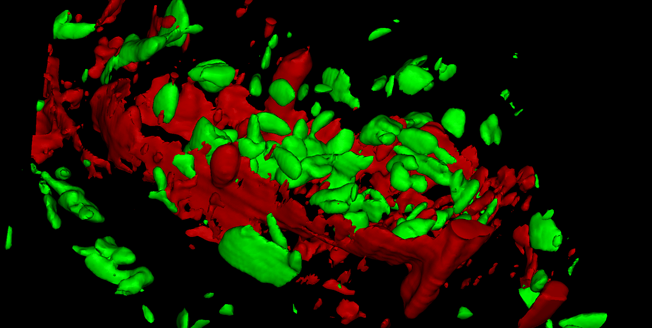Raman Imaging visualizes the distribution of chemical compounds in all three dimensions. The advantages of this technique are illustrated by examples from various fields of application.

Introduction
2D Raman visualizes the distribution of chemical compounds, e.g. on the sample’s surface or in a focal plane within the sample (x-y-plane), while 3D Raman imaging enables more complex chemical analysis of the components distribution in three dimensions (x-y-z-plane). This is particularly advantageous for the investigation of comprehensive or bulky samples, complex emulsions or mixtures, geological specimens and components in living organisms [1-5].
3D Raman Imaging Method
In order to generate 3D images, confocal 2D Raman images from different focal planes are acquired by automatically scanning through the sample along the z-axis. After data acquisition, evaluation and processing (WITec Software Suite), the data from the image stack is used to generate the 3D image.





